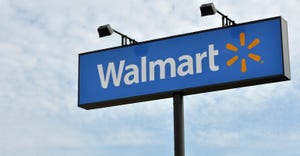
The U.S. Environmental Protection Agency (EPA) has removed the Buckeye Reclamation Landfill Superfund site in Belmont County, Ohio, from the National Priorities List (NPL). Cleanup is complete at the site, noted EPA.
“EPA is making good on its commitment to pick up the pace of Superfund cleanups so the sites can be restored to productive use,” said EPA Regional Administrator Cathy Stepp in a statement. “Promoting redevelopment is part of EPA’s core mission and helps spur the local economy in communities near Superfund sites.”
Under the Trump administration, EPA’s Superfund program has reemerged as a priority to fulfil and strengthen the agency’s core mission of protecting human health and the environment. In 2018, EPA deleted all or part of 22 sites from the Superfund’s NPL, the largest number of deletions in a single year since 2005 and a significant increase over the past few years.
Deep underground coal mining occurred near the site until the early 1950s, and a landfill operated onsite from 1971 to 1991. The landfill was used for the disposal of industrial waste including sludge and liquids as well as municipal waste. The cleanup involved installing a solid cap over the landfill and building a wetland to treat the liquid that drains from the landfill.
EPA proposed the deletion on July 31 and held a 30-day comment period. The agency did not receive any comments, and the final rule to delete the site can be found in docket EPA-HQ-SFUND-1983-0002, accessed via regulations.gov.
The NPL is a roster of the nation’s most contaminated sites that threaten human health or the environment. The sites on the list are eligible for cleanup under the Superfund program. EPA removes sites from the list once all the remedies are successfully implemented and no further cleanup is required to protect human health or the environment.
About the Author(s)
You May Also Like


